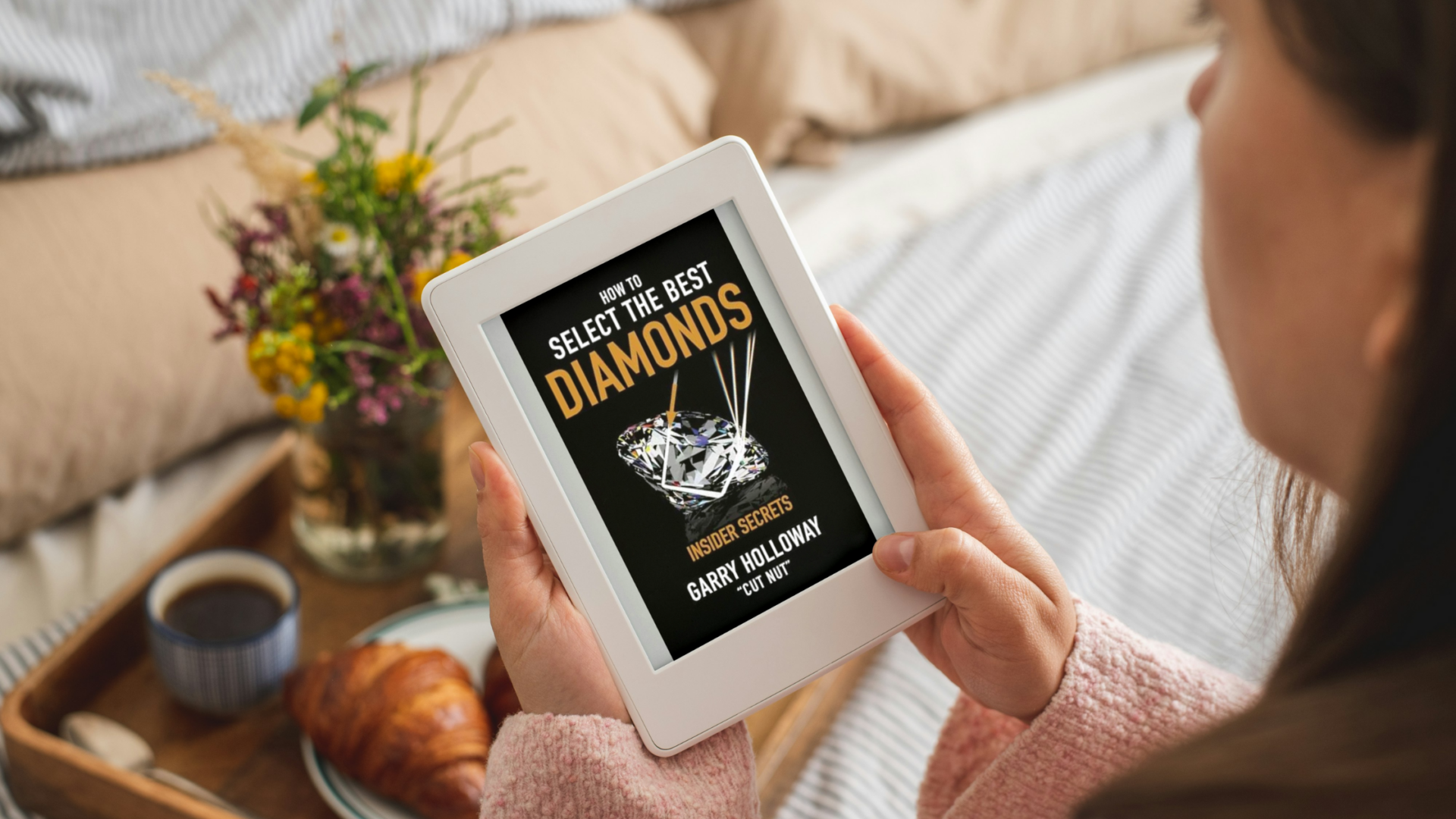"hopefully you will agree that testing for strain is important (regardless of the durability issue) because treated stones (e.g., GE POL treated stones) are known to show unusual strain. hopefully you will state clearly on your website that you do not sell treated stones even though your prices are much lower than market."
I must say...as a person looking to buy a diamond in the near future...posts such as this one frighten me. Is it possible to purchase a diamond that has been treated and not know it? What exactly is this person referring to in this nasty thred?
I must say...as a person looking to buy a diamond in the near future...posts such as this one frighten me. Is it possible to purchase a diamond that has been treated and not know it? What exactly is this person referring to in this nasty thred?








300x240.png)